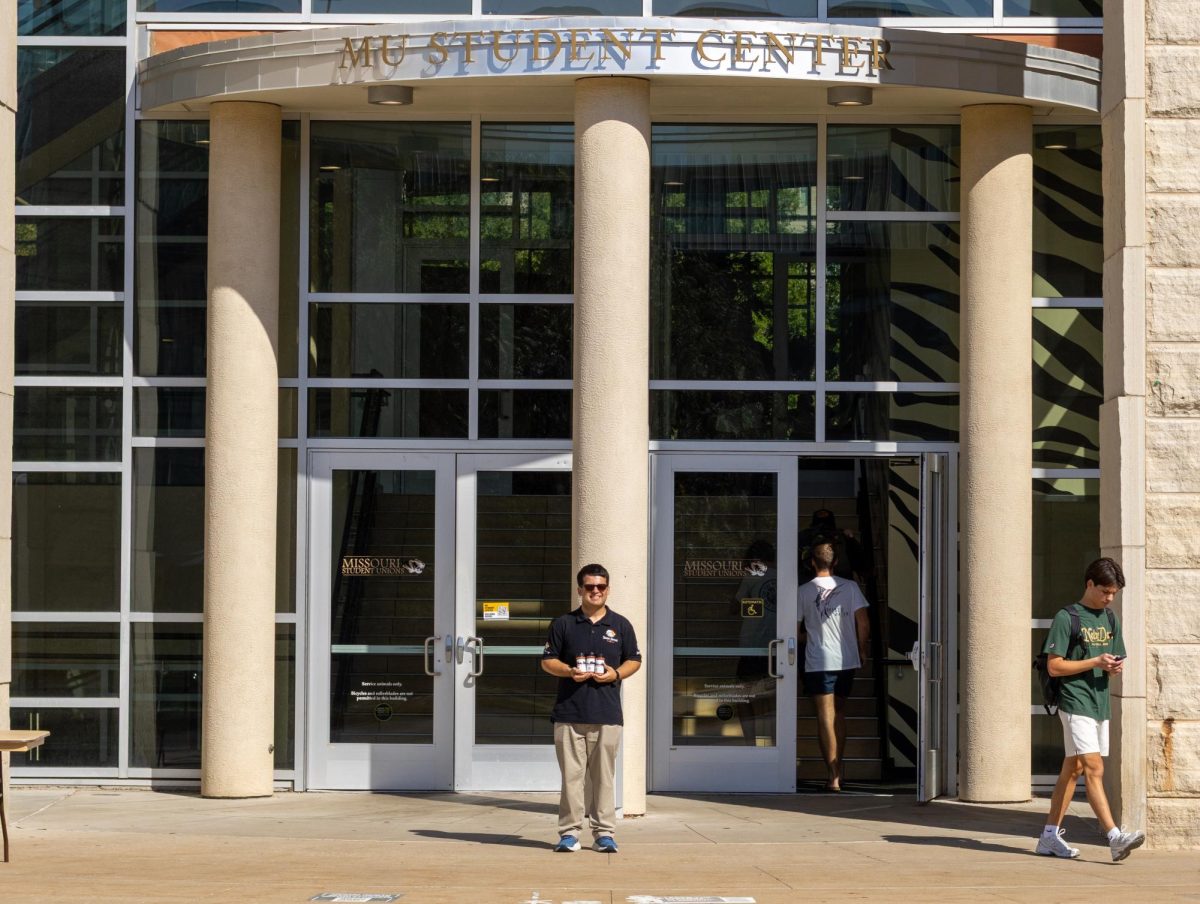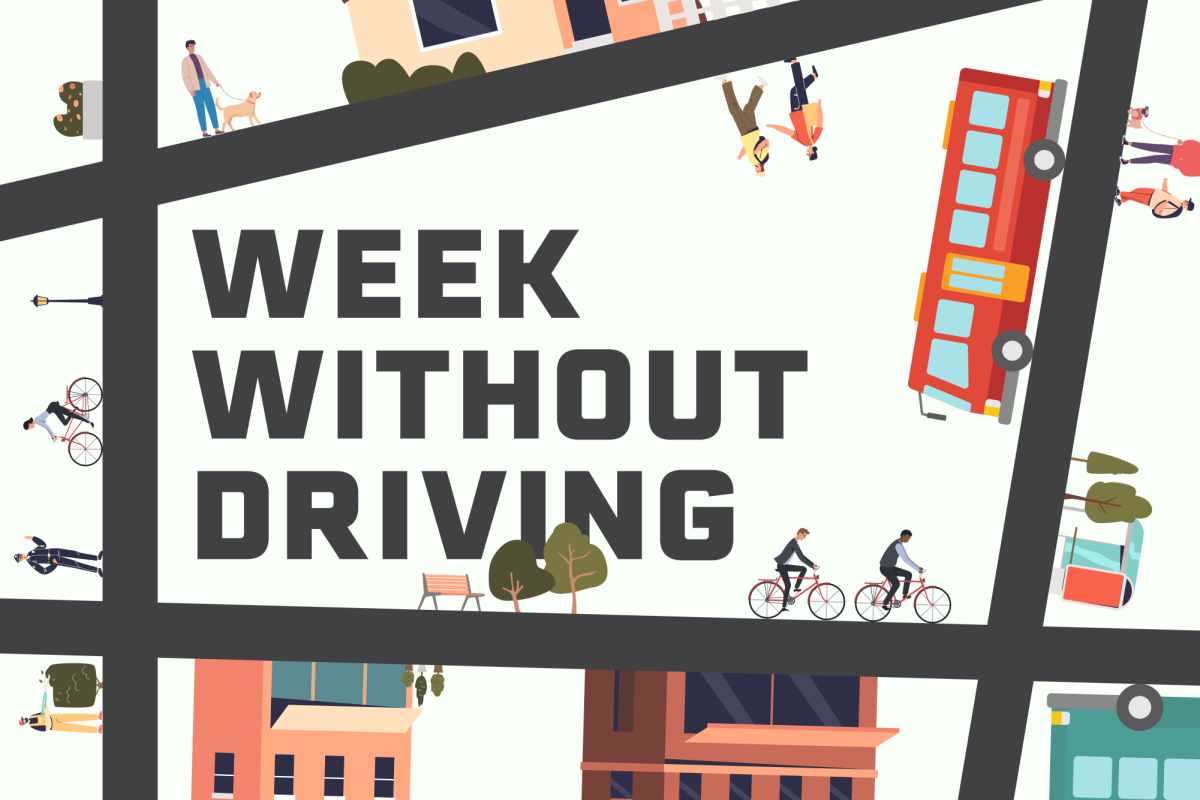Usually home to a constantly busy newsroom, The Columbia Missourian has now gone almost completely remote. Editors and reporters work entirely from their homes while photographers shoot in the field, practicing social distancing.
A small team of one designer, two news editors and one sports editor meet in the newsroom each weekday to produce the print edition of the paper.
Elizabeth Stephens, the Missourian’s digital managing editor, said the sudden transition to working from home has been overwhelming for many students.
“We do a lot to try to keep in touch with them, but I think for some students, it’s harder than others and they may be returning to situations that are not as conducive to work and reporting,” Stephens said. “Maybe they don’t have as much access to internet or other issues and so it’s kind of limited what they can do.”
MU senior Laura Miserez, an outreach education reporter at the Missourian, said she is taking things one day at a time.
“I definitely haven’t been handling it as well as I could,” Miserez said. “I’ve just been trying to keep doing the work and getting to focusing on getting my work done, but I haven’t really been doing any of the extra stuff that I normally would do.”
And despite the lack of in-person classes nationwide, Miserez’s work hasn’t stopped.
“[We’re] focusing on kids and learning, but doing a lot more of how kids are still trying to learn, how teachers are still trying to teach during all this,” Miserez said. “So, the angle that most of the stories are right now is like, how are [they] combatting this and how are they getting around it?”
The education team hopes to execute a project highlighting high school seniors and their accomplishments.
The COVID-19 pandemic is something that none of the Missourian’s professors or editors have experienced in their careers. According to Stephens, this is part of what makes strong reporting so important.
“So, there is a certain amount of adrenaline that comes with that, and a kind of purpose and recognizing that we can help our readers understand this, and share more with them and keep people informed about what’s going on — and that responsibility, we take very seriously,” Stephens said.
It’s also an unprecedented economic problem. Without local events occurring, the Missourian is losing advertising. Other funds come from programmatic ads and Google surveys.
Despite a 50% increase in website traffic and subscriptions, ad revenue remains low.
According to Ken Doctor, a news industry analyst for the Neiman Lab, this is a national trend.
In a March 27 article, Doctor said that the advertising business “is in depression.”
“If the massive ad losses we’re now beginning to see remain in place for months, all of that profitability will be gone, and then some,” Doctor said in his article. “We’ll enter a new stage of loss: The news deserts will become the norm, the oases the rarity.”
The Missourian offers free ads to local businesses in light of the stay-at-home order. These run twice a week.
“That’s kind of just some community goodwill support for those restaurants, but, I mean, we hope that it also builds some goodwill and that when things return to normal, [these businesses] will think about us when they’re looking for advertising,” Stephens said.
Stephens encourages current seniors to be open to other opportunities post-graduation.
“It’s a really challenging time to look for a job,and what makes it even harder is that there’s now laid-off journalists that have more experience that are also looking for jobs,” Stephens said. “So there’s more competition in an environment where a lot of places are going to have hiring freezes and not be able to fill that position.”
Stephens said that if students have gaps in their resumes during spring 2020, employers will understand.
_Edited by Lucy Caile | [email protected]_













